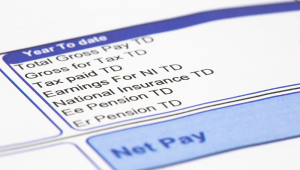The accountants said the increase was likely to be needed due to poor investment conditions and the increased cost of benefits.
Steve Simkins, KPMG’s partner for public sector pensions, told Public Finance that the exact increase for individual employers would be negotiated as details emerged from the LGPS triennial valuation, which will be based on figures from March 31.
Setting out details of the KPMG analysis, Simkins said: “It is clear that market conditions have got worse for pensions schemes so on a like-for-like basis the deficit has increased from £47bn at the last valuation by around £20bn.
“Also the cost of benefits as they accrue has gone up too. In reality, not all of the increase in cost will be recovered; if they were then the increase would be more than £1bn. The actual increase in employers’ contributions in the LGPS depends on actuarial decisions and discussions over the next 12 months. It is inevitable that employer contributions will go up and our estimate is that they will go up in aggregate by around £1bn.”
Different employers contained in the LGPS will likely see different levels of increase, and Simkins predicted councils could face a lower increase than others in the scheme once the figures are analysed.
“If you take local authorities, they’re quite a big proportion of the overall LGPS but there’s lots of other employers as well. Increasing contributions suddenly for them is difficult, as it is an increase in costs when they’re trying to reduce all of their other costs and it could impact on council tax for example. I would expect in this negotiation for the local authorities to have a proportionately lower increase and for some of the other employers to have a proportionately higher increase to get to the overall aggregate position.”
It was vital that employers plan for these increases in their budget calculations, he added.
“By this time next year, every employer will know what their new higher rate of contribution is. That’s not very far away, so part of the message here is for those employers to start to get to grips with this process.
“Their budgeting now should be anticipating some of the increase, and then over the next year they need to home in on that.”
KPMG’s research concluded that, overall, a £3bn increase in public sector employer contributions was likely once the £2bn estimate in extra payments for unfunded schemes, including NHS, teachers and the civil service, was included. This is the forecast aggregate increase across the unfunded schemes from 2019/20 following George Osborne’s announcement in the Budget that he would reduce the employer contribution discount rate.





















